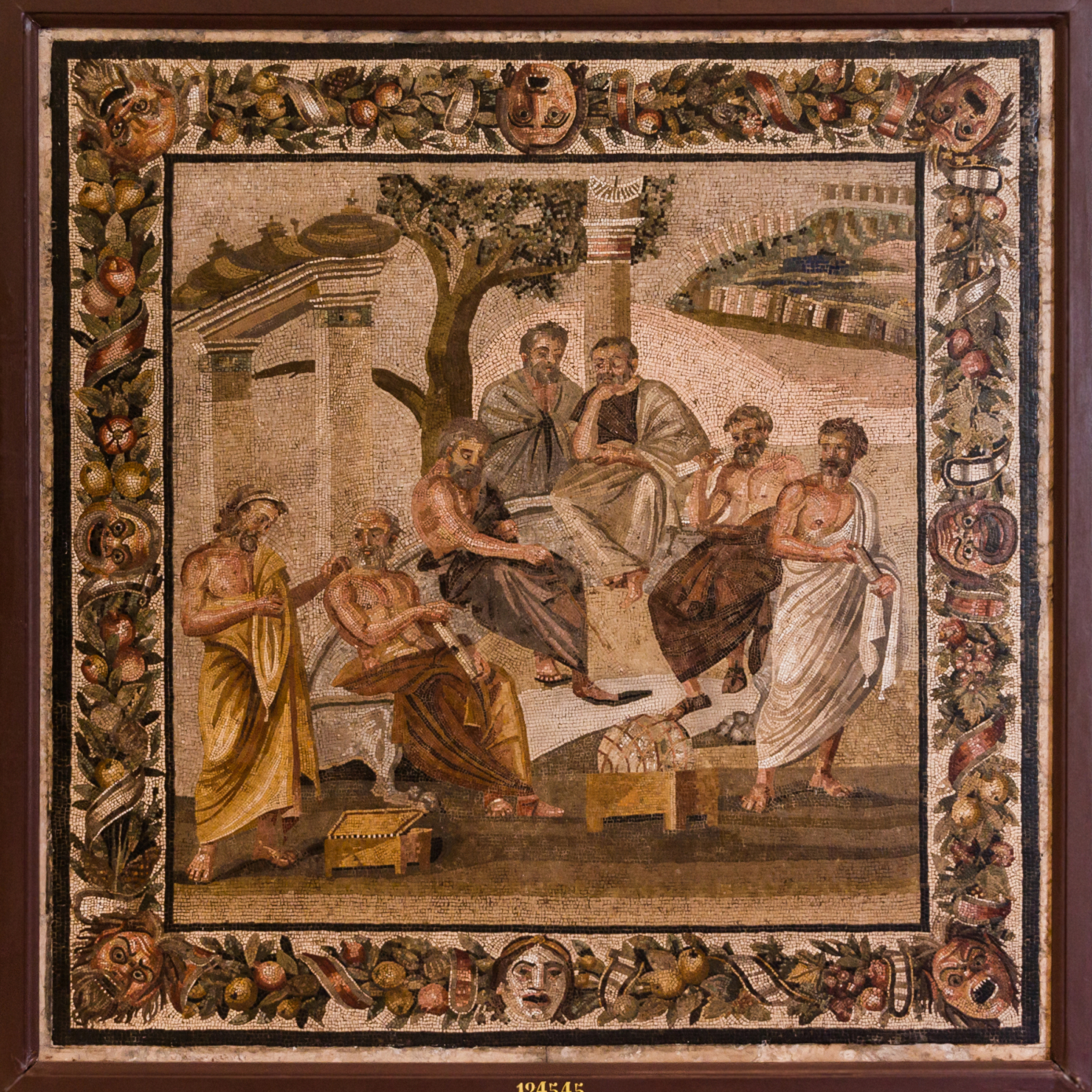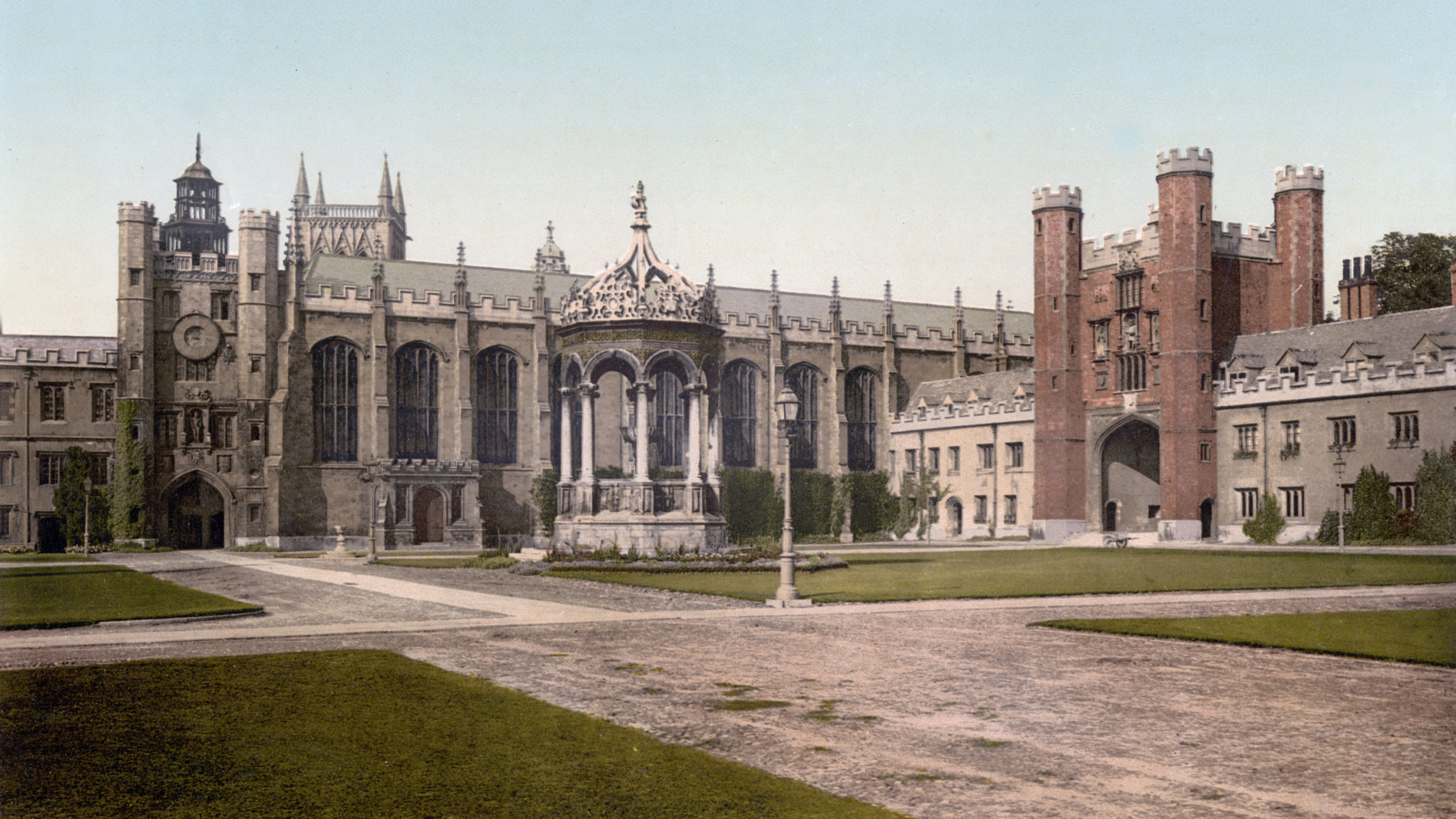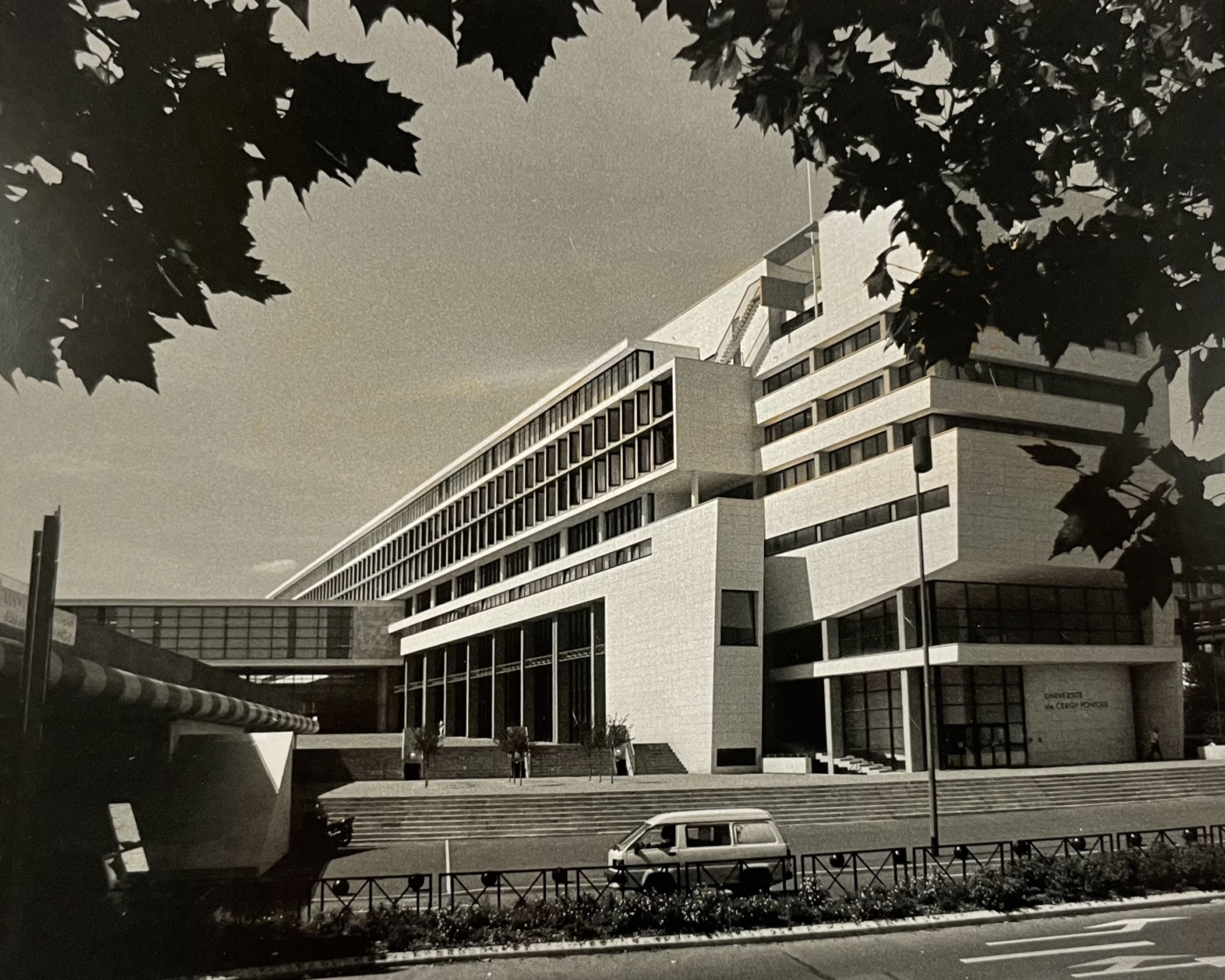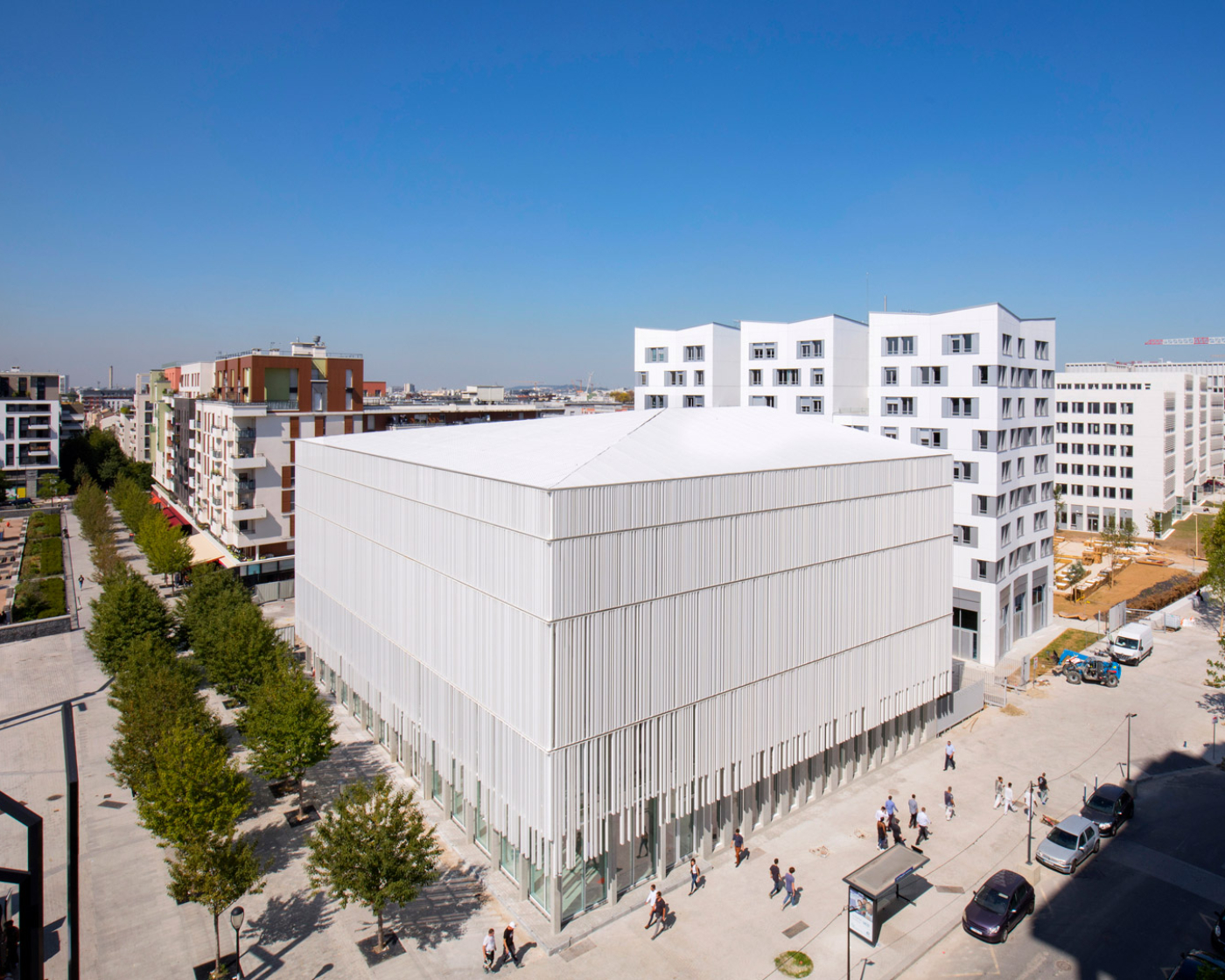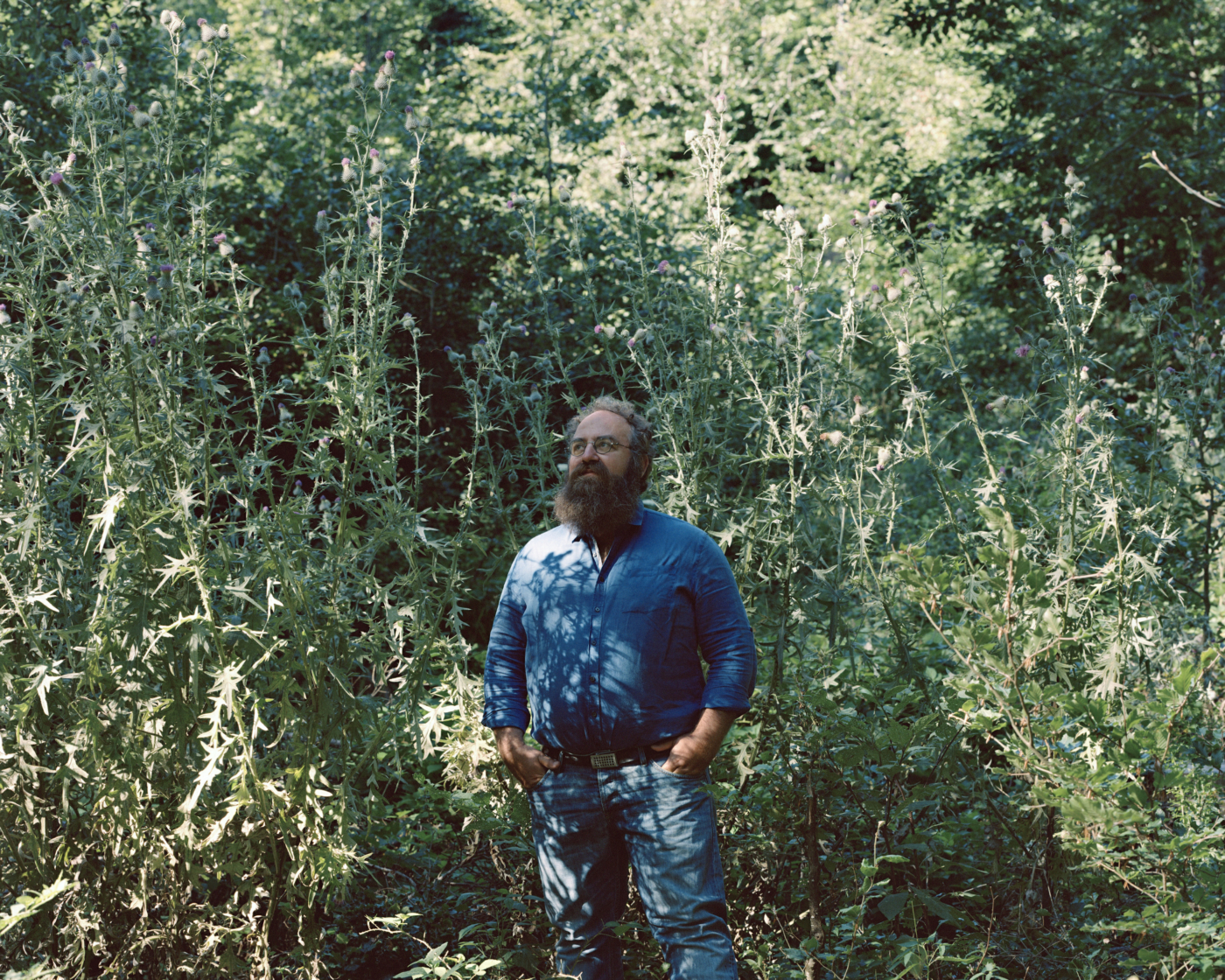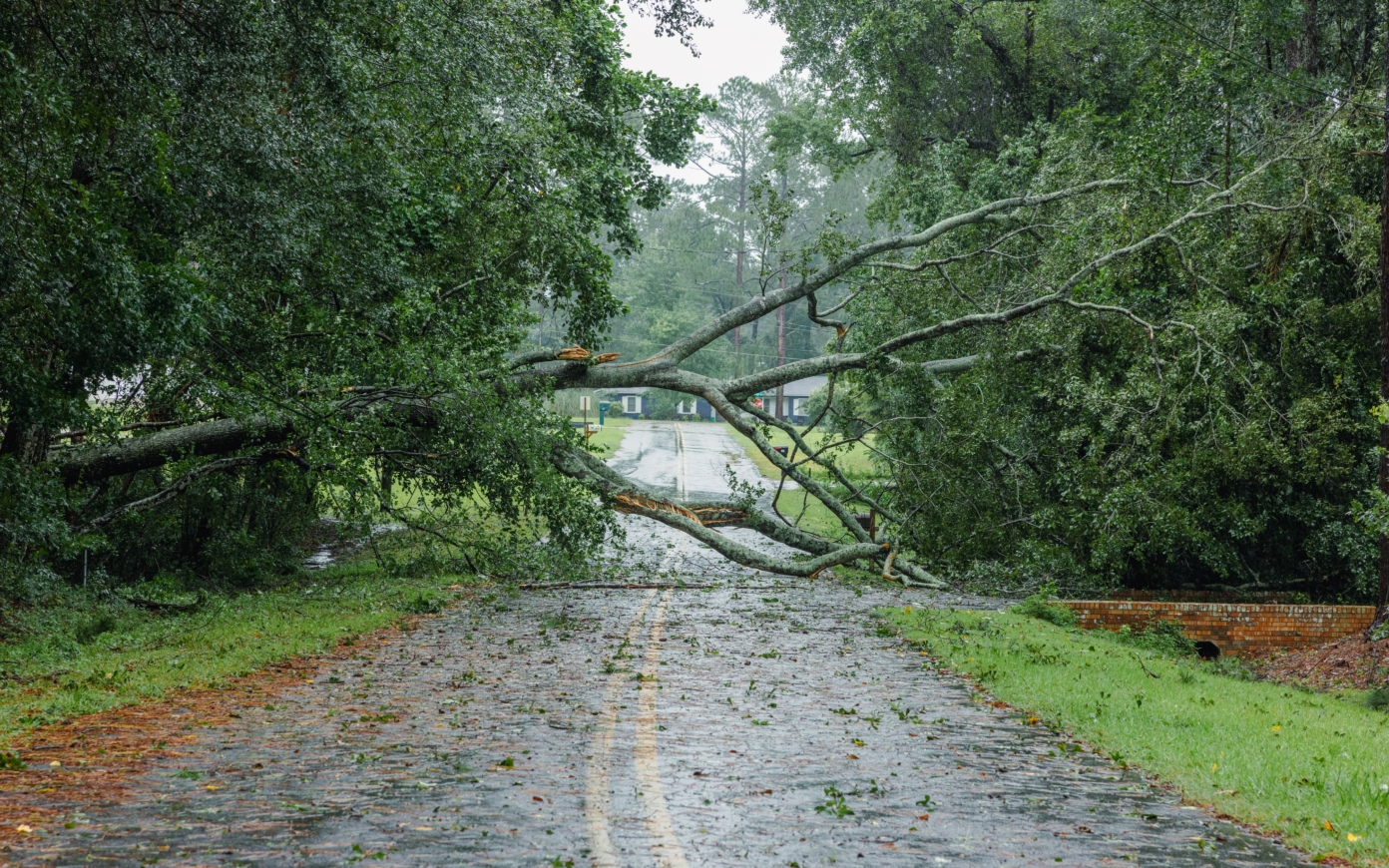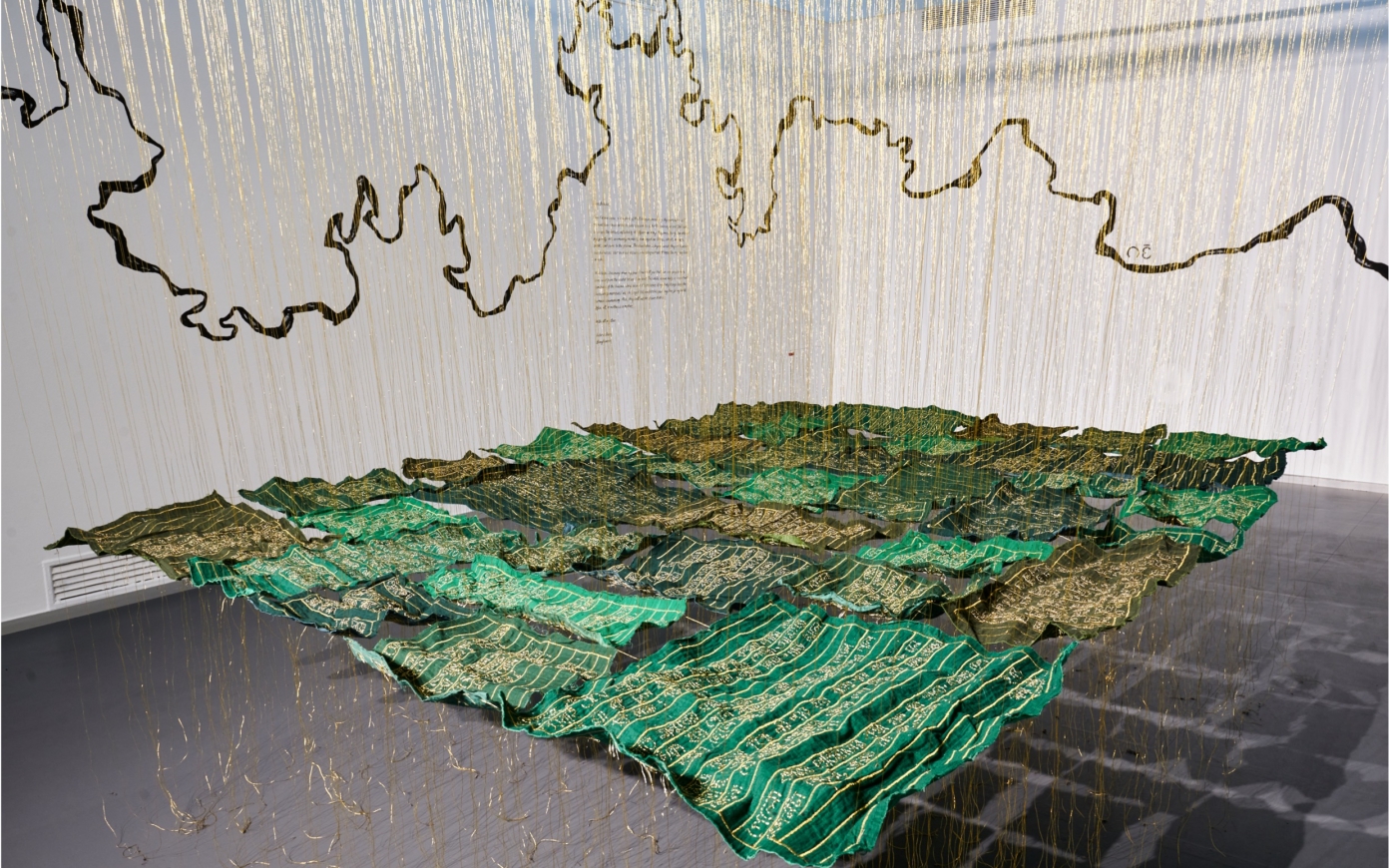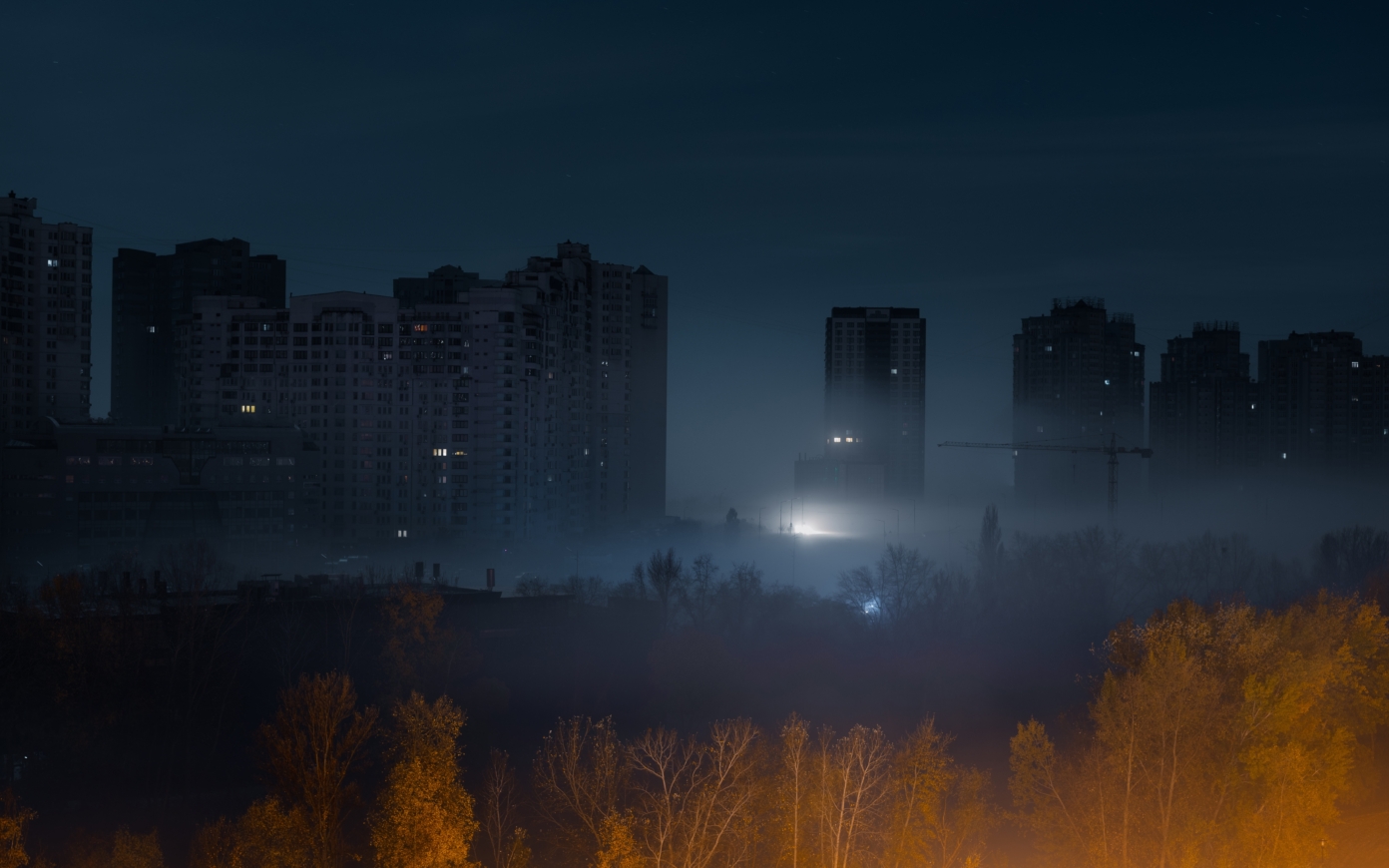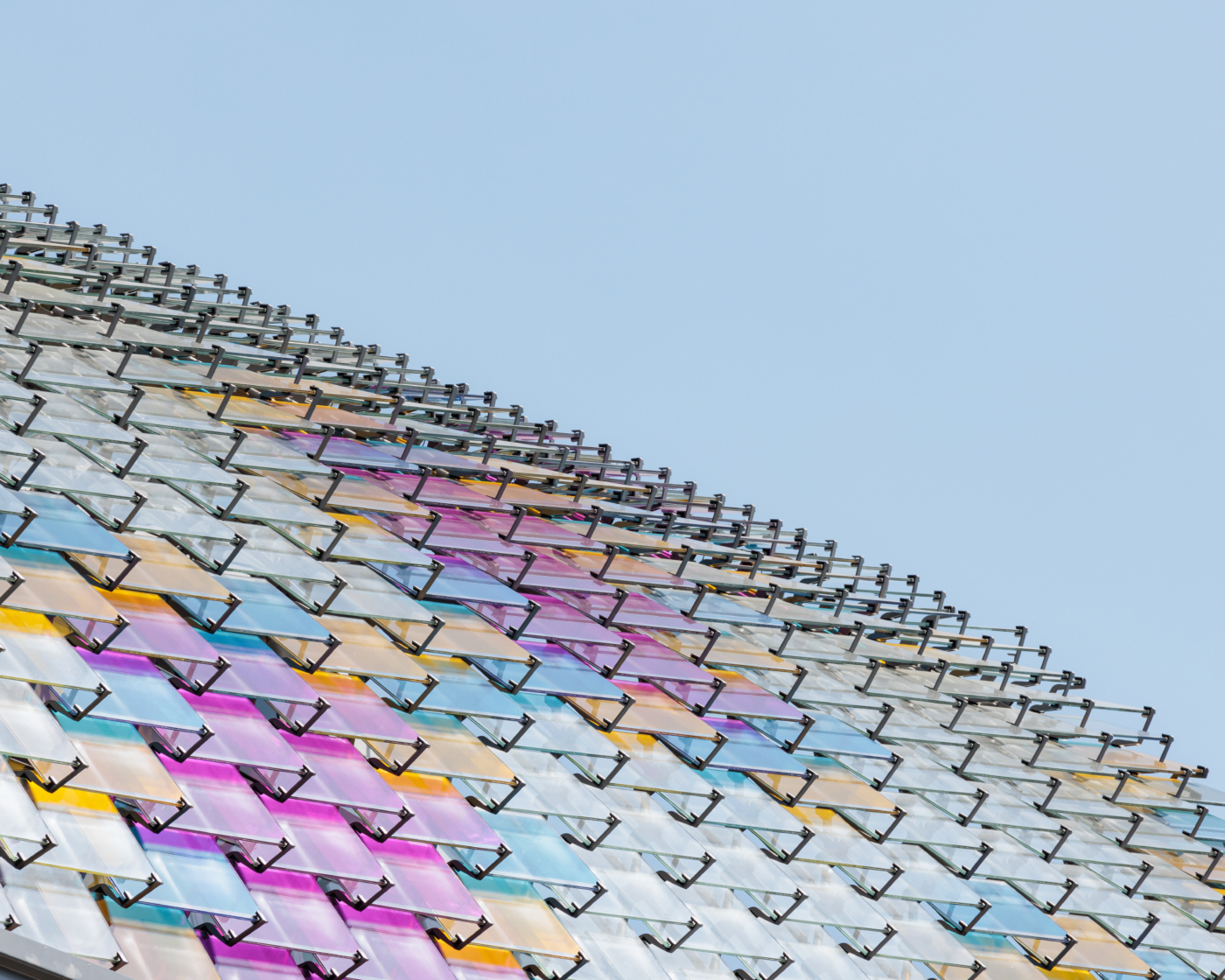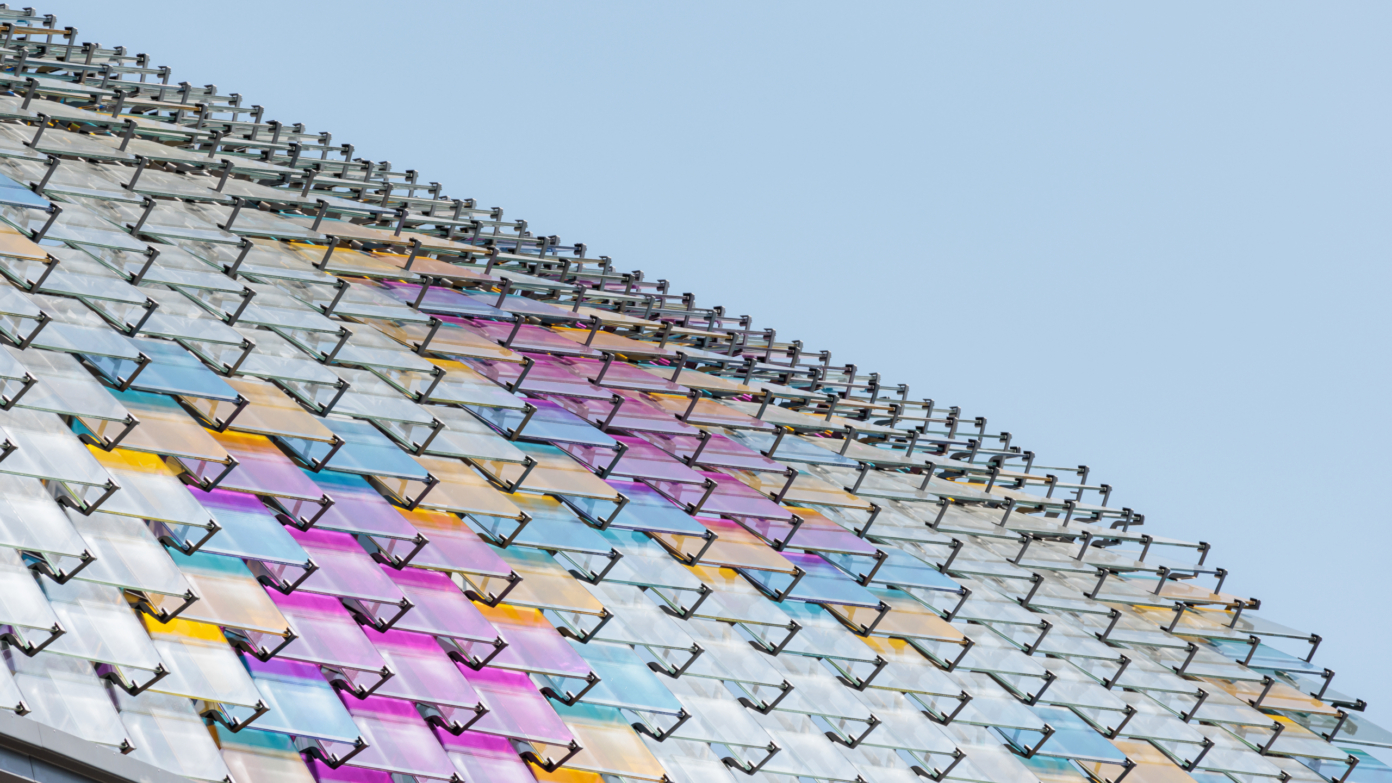Addressing environmental challenge
With global climate change, we are collectively faced with the challenge of a transition that preserves the Earth’s habitability. For higher education institutions, this means training a new generation of responsible citizens. Students want to contribute to a better world, they feel responsible for it and expect their school or university to prepare them for a career in line with their convictions. This represents an almost existential challenge for higher education establishments, which must meet these expectations if they wish to remain attractive and continue to train the talents of future generations. The more students are trained, the more they acquire the keys to understanding the mechanisms of life and the limits of the planet, the stronger their demands. Students and graduates of the leading engineering schools were among the first and most vocal in expressing the need for more ambitious training. This is borne out, for example, by the response to the famous speech by the graduates of AgroParisTech, or the equally emblematic protests against Total’s plan – finally abandoned – to set up a research centre on the Polytechnique campus at Saclay, but more generally and more quietly by the phenomenon of so-called ‘bifurcated’ students.
Faced with this challenge of responsibility, today’s campuses are faced with the challenge of adapting spaces that were not originally intended for this purpose, by renovating a heritage that is both classic and modern without betraying it. In addition to the need to upgrade the energy performance of buildings, architecture by its very nature always has an educational function, and the space itself must contribute to the body of environmental teaching. Both indoors and outdoors, campuses offer students and teachers opportunities to learn about the natural world: building design provides information on how to use resources, while the relationship with nature on campuses can be placed at the heart of the experience, as a place to live, teach and directly experience a relationship with living things, going beyond the somewhat manicured and decorative dimension of the vegetation on American campuses. This sensory quality is particularly noticeable in the integration of nature via the garden spaces. They enable a reconnection with the living world and provide a new quality of life, while responding to environmental issues in a way that inspires virtuous behaviour. Learning from and in nature is becoming a core strength of campuses
The new Artillerie campus, which is home to SciencePo in the heart of Paris, is a mixed-use, urban-intensity campus that includes an iconic pavilion dedicated to social life, as well as a ‘knowledge garden’ and a number of outdoor courtyards reminiscent of the ancient Athenian garden. On the Condorcet Campus, the project to build six new buildings, initially planned to encroach on the site’s green spaces, provoked an outcry from researchers and students alike, who emphasised the importance of these biodiversity reserves as places where campus users and local residents could enjoy each other’s company, all the more so in an underprivileged area that has historically been particularly mineral.
One of the keys to adapting educational campuses lies in a new paradigm of use, in the spirit of innovative contemporary workspaces, but also a re-reading of the original dialectic between agora and garden. The campus is based on a scale, a typology and a unity of place that gives it its strength, halfway between the built, the urban and the natural. This is the case, for example, of the CY campus project, the former university of Cergy Pontoise, which seeks to reinforce the campus effect within the city, which suffers from its new town dimension, notably due to a lack of centrality. Here, university renewal and urban regeneration are being considered together. The project is based on linking up the scattered establishments and improving their integration into the city, as well as enhancing the quality of life, using the 8-hectare François-Mitterrand park as a structuring axis. These various initiatives, among many others, are the sign of a general movement that we suspect and hope will be fruitful, inviting us to go beyond the traditional dichotomy between urban campus and garden campus by hybridizing the figures of the agora and the garden.
François Collet, Editorial Director at PCA-STREAM

